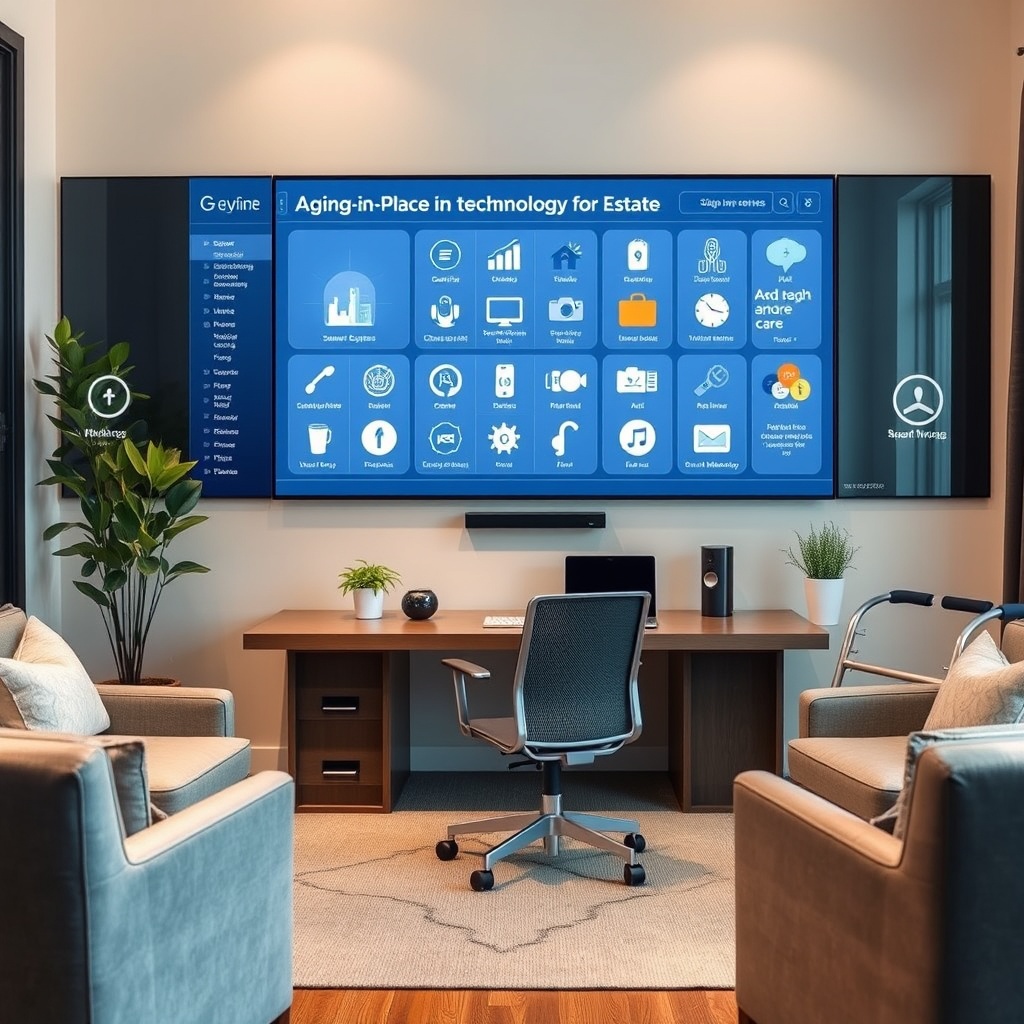The recent announcement about Helper Bees receiving $35 million in funding has created a buzz in the senior care industry, as the organization aims to expand its services for seniors wishing to age in place. This focus on providing solutions that enhance the daily lives of seniors is not only crucial for individual households but has broader implications for the real estate sector. As the population ages, their housing needs evolve, and understanding these changes is vital for real estate professionals, developers, and decision-makers involved in residential properties. As a real estate industry player, your strategies should adapt in light of these trends, especially with the continued evolution of technology and varying social dynamics. Let’s delve into how aging in place is affecting real estate and the role of innovative tech solutions like the Location Enrich API in meeting these demands.
Aging in Place: A Growing Trend in Real Estate
The concept of aging in place involves seniors remaining in their own homes rather than moving into assisted living facilities. This trend is influenced by personal preferences for independence, emotional attachments to their homes, and growing awareness of the support services available to help them remain safely in their residences.
According to the U.S. Census Bureau, the population aged 65 and older is projected to increase significantly in the coming decades. More seniors are seeking environments that support their lifestyles while also providing the necessary amenities nearby. This has positioned real estate professionals to rethink property offerings and location-based services that cater specifically to this demographic.
Shifts in Real Estate Demand
The rise in demand for homes conducive to aging in place translates to various shifts in real estate markets:
- Single-Story Homes: Preference towards homes with single-level living to avoid mobility issues associated with stairs.
- Access to Amenities: Properties situated near essential services such as grocery stores, healthcare facilities, and recreational areas are increasingly valuable.
- Smart Home Features: Technological solutions that enhance safety, such as medical alert systems or smart home devices, play a crucial role in house desirability.
Technology’s Role in Supporting Aging in Place
The introduction of technology into real estate not only supports aging in place but also streamlines property management and enhances buyer experiences. Tech innovations provide crucial data that can inform better purchase decisions and offer valuable insights into local amenities. For instance, Location Enrich API can add significant value to real estate listings by integrating enriched location data on nearby amenities, public transport, and schools. This data’s availability can be an excellent selling point for properties targeted at seniors.
The Advantages of Integrating Location Enrich API
Incorporating the Location Enrich API into real estate listings can offer several advantages:
- Detailed Nearby Amenities: Show prospective buyers which healthcare facilities, grocery stores, and recreational activities are nearby, directly addressing their preferences.
- Transportation Insights: Include information about public transportation options to ease mobility concerns for aging populations.
- Customization: Tailor displayed location data to reflect amenities that match specific demographics, helping agents target their listings effectively.
Designing Properties for Longevity
Alongside technological integration, property design must evolve to accommodate seniors effectively. Here are key considerations that can enhance real estate offerings:
- Universal Design: Implementing features like wider doorways, non-slip flooring, and zero-step entry can greatly enhance the accessibility of homes for seniors.
- Flexibility in Space: Spaces should be adaptable to allow for changing needs as residents age, such as the addition of grab bars or adjustable shelves.
- Outdoor Accessibility: Consider outdoor spaces that allow for safe mobility and social interaction, which adds to the overall quality of life for aging residents.
Market Readiness
Real estate professionals must prepare for this demographic shift. Keeping abreast of market changes and adopting new technologies will be paramount for success. Practices that encourage senior living, such as developing community engagement initiatives or supporting local events, will enhance the property value while providing a sense of belonging among residents.
Conclusion
The influx of funding that companies like Helper Bees are receiving emphasizes a pivotal shift towards prioritizing seniors who wish to age in place. This trend is not only an opportunity for real estate professionals to reassess their property portfolios but also brought forth a demand for innovative tech solutions like the Location Enrich API that can streamline the information provided to buyers. As real estate continues to adapt to the needs of an aging population, staying informed and equipped with the right data will be essential in meeting these evolving demands. Embracing these changes can help real estate professionals thrive in an ever-evolving market.
If you’d like to explore more about adapting to tech innovations in real estate, check our previous posts, such as Transforming Real Estate: Tech Innovations for 2025 and Navigating Real Estate Bumps: Tech Strategies for 2025.
